How to Reduce Investment Casting Costs by 50%
Author: SAIVS Date Published: Dec 14,2023
Introduction:
Investment Casting, also known as precision or lost-wax casting,
is a widely used manufacturing process with applications in various industries.
This article explores the main factors influencing the costs associated with investment casting.
I. Calculating Investment Casting Costs:
Understanding how investment casting costs are computed is crucial
for manufacturers seeking cost-effective production methods.
The calculation involves considerations such as material costs, labor, and energy consumption.
II. Alloy Material Selection for Investment Casting:
The choice of alloy materials plays a significant role in the success of investment casting.
The materials available for you to choose from include, but are not limited to:
Nickel-Based Alloys
Aluminum
Steel
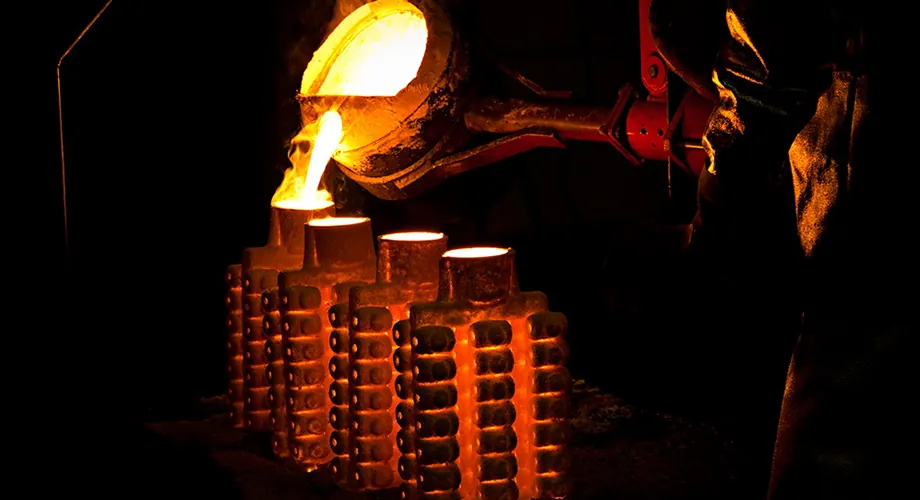
III. Key Factors Influencing Investment Casting Costs:
A. Metal Type:
The type of metal used in investment casting has a direct impact on costs.
Some metals are more expensive than others, and their availability can also affect pricing.
B. Shell Layering:
The number of layers in the shell mold is a critical factor influencing
the quality of the casting and, consequently, the overall cost.
The article discusses how the complexity of the part being cast affects the number of shell layers required.
C. Casting System Productivity:
Efficiency in the casting system directly influences production rates and, subsequently, costs.
Examining factors such as cycle time, tooling design,
and automation can provide insights into improving productivity.
D. Other Cost Elements:
Beyond material and labor, various additional cost elements impact investment casting.
These may include tooling costs, inspection and Quality Control expenses, and overhead costs.
The article explores strategies to manage and optimize these elements.
E. Production Processes:
The choice of production processes and techniques can significantly impact costs.
Analyzing factors like wax pattern injection, ceramic shell building,
and furnace operation helps identify opportunities for cost reduction without compromising quality.
Other cost factors:
Other cost factors that can affect the cost of investment casting include:
Wax pattern cost
Shell mold cost
Melting and pouring cost
Cleaning and finishing cost
Conclusion:
In conclusion, understanding the intricacies of investment casting costs requires a
comprehensive examination of factors such as material selection, shell layering,
casting system productivity, and other cost elements. By addressing these considerations,
manufacturers can optimize their investment casting processes and enhance cost efficiency.
Why Choose SAIVS™ as Your Supplier?
1.Superb Quality Control Management
At SAIVS, we take pride in our perfect quality management systems and procedures, which guarantees the excellent performance of all our producs, being a professional Investment Casting | Die Casting| Sand Castingmanufacturer in China.
2.Rich Production Experience
With 20 years of experience in production, SAIVS has a deep understanding of the market and trends, and strives for continuous research and innovation. This has created advantages in both the product's performance and appearance.
3.Competitive Prices
As a Chinese factory committed to becoming the most cost-effective Investment Casting | Die Casting| Sand Castingexporter in China, SAIVS provides high-quality products at advantageous prices. By lowering costs and increasing efficiency, we ensure that our customers receive the best possible value for their investment.
4.Perfect After-sales Service
At SAIVS, we strive to provide superior customer service that meets and exceeds expectations. We are always available for any questions or concerns you may have, and we stand by our commitment to providing excellent after-sales support.
Related Posts
-
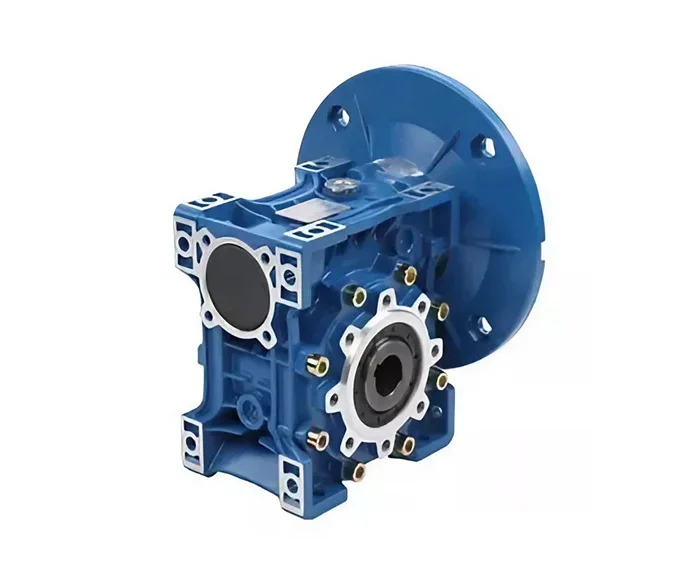
The significance of gearbox in industrial applications
Gear systems are integral to a wide range of industrial applications, from automotive to manufacturing machinery. Within these systems, the gear housing...
-
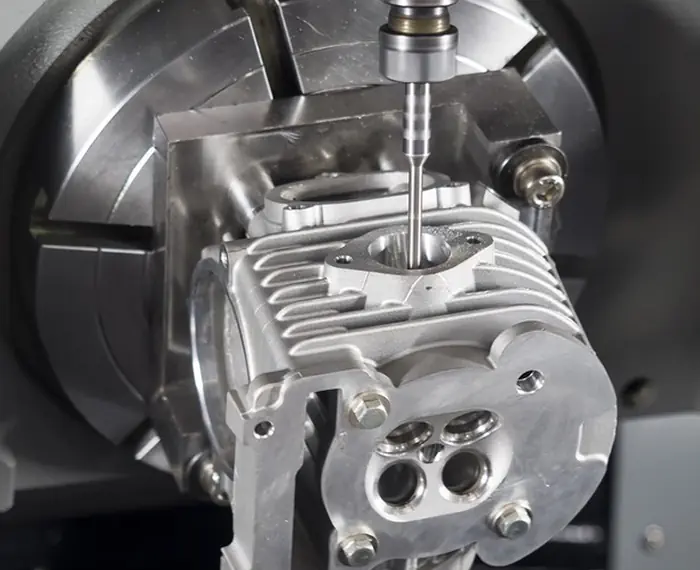
Enhancing CNC Machining with Wavelet Analysis for Accurate Overcut Detection
In the realm of CNC machining, precision and efficiency are paramount, especially in complex applications like mold manufacturing.However, challenges such
-
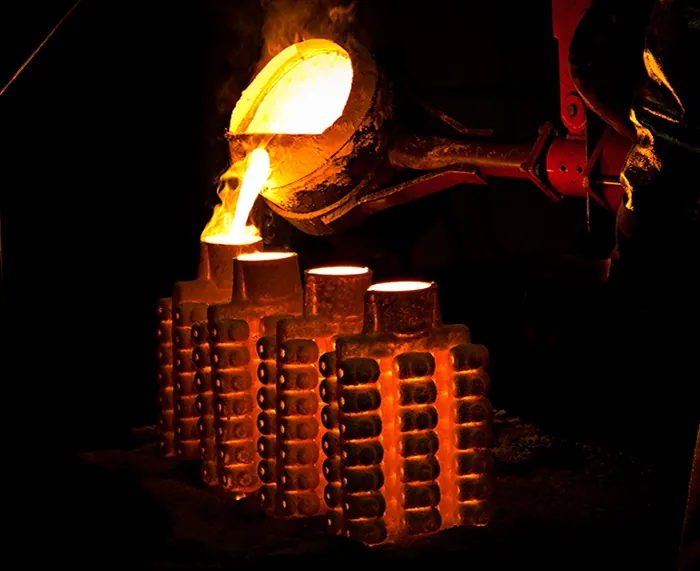
How to Reduce Investment Casting Costs by 50%
Introduction:Investment casting, also known as precision or lost-wax casting, is a widely used manufacturing process with applications in various industries. Th...
-
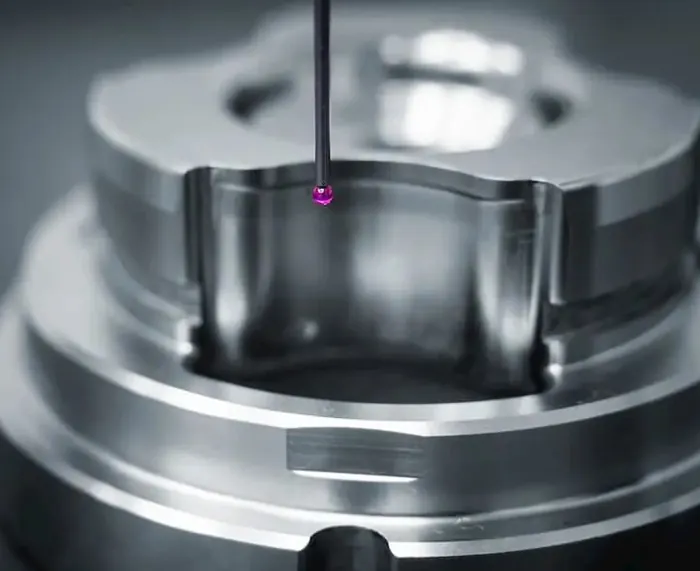
CNC Machining Tolerance Guidelines
IntroductionCNC machining is a precise manufacturing process that involves the use of computer-controlledmachines to create intricate parts and components. One ...
-
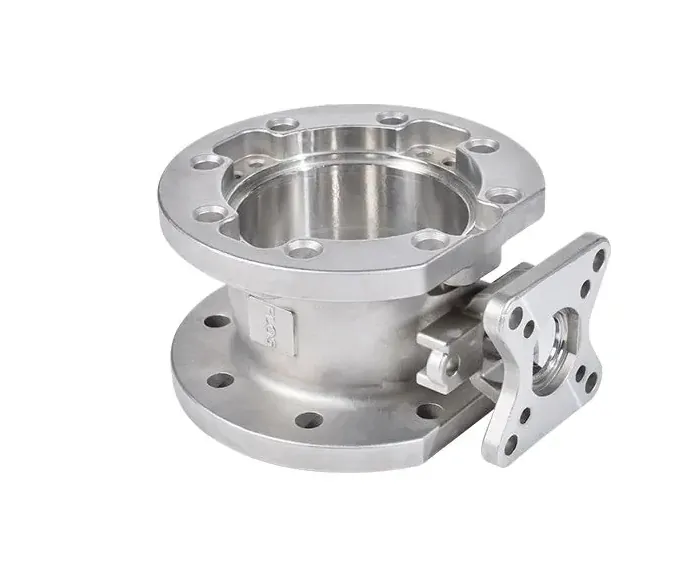
Demystifying the World of Aluminum and Steel Castings
IntroductionAluminum and steel are two of the most popular materials used in casting. Both materials have their unique advantages and disadvantages, making them...
-
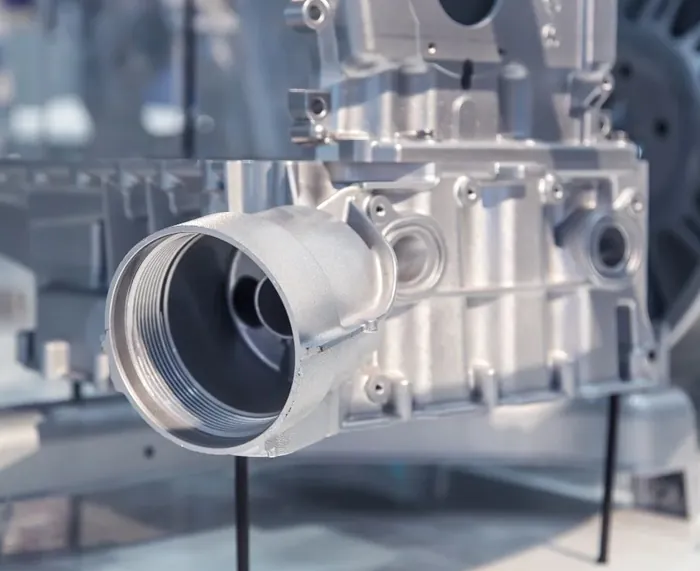
How to ensure the quality of die castings
This article will introduce how to ensure the quality of die casting from the machine and equipment, material selection, process control, testing standards, and...

